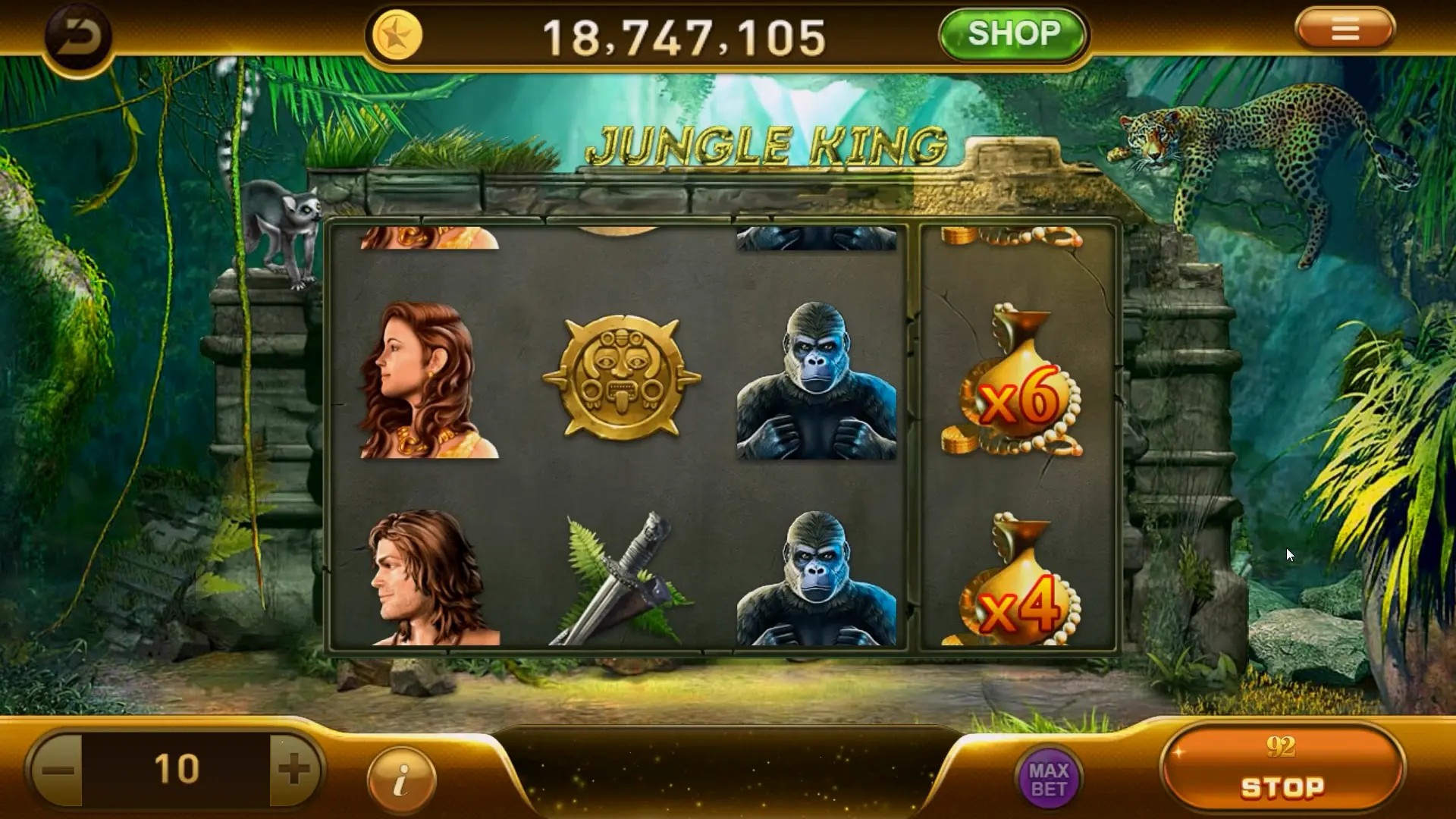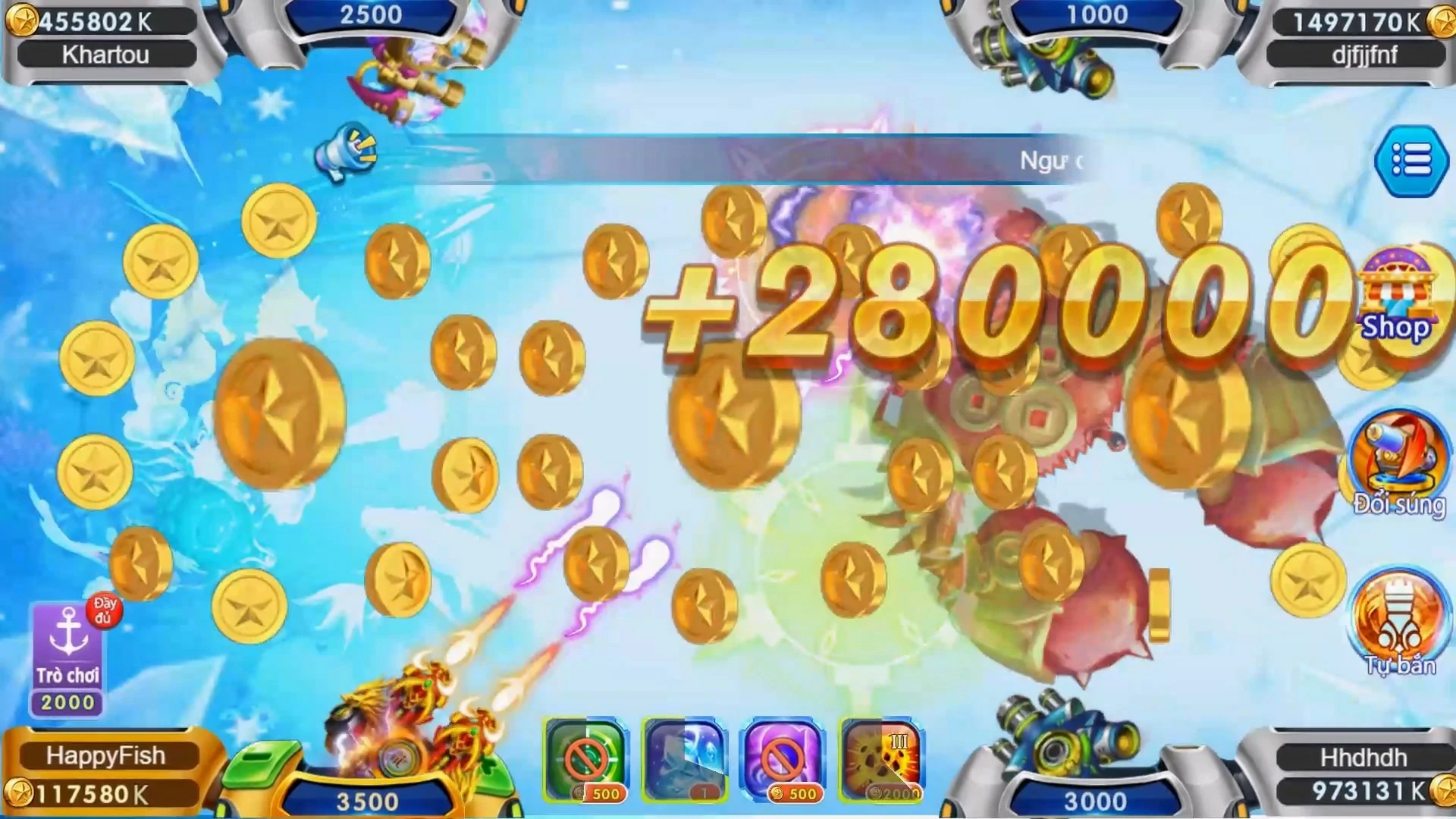Unlocking Creativity: How Building Hyper Casual Games is Changing the Gaming Landscape
In recent years, the gaming industry has seen a significant shift towards hyper casual games. These games, characterized by their easy-to-learn mechanics and engaging gameplay, are becoming a dominant force in the market. But what exactly is driving this change, and how can building these games unlock new levels of creativity? This article will explore the emergence of hyper casual games, their impact on the gaming landscape, and even touch upon other relevant topics, such as cod cold war how to crash zombies match and when does delta force hawk ops release.
What Are Hyper Casual Games?
Hyper casual games are designed to be simple and intuitive, allowing players to pick up and enjoy them in just a few minutes. Unlike traditional games that require hours of gameplay to master, hyper casual games encourage quick bursts of play. This model has made them immensely popular among a broader audience, including casual gamers who may not consider themselves gamers at all.
The Rise of Building Games
Building games have gained traction alongside the hyper casual game trend. Players not only enjoy the gameplay but also appreciate the creativity involved in constructing their game worlds. This genre allows for a more personalized experience, giving players control over their gaming environment.
Why Hyper Casual Games Matter
- Accessibility: Hyper casual games are available on multiple platforms, primarily mobile, making them easily accessible.
- Engagement: They're designed to be engaging and addictive, often relying on simple mechanics that keep players returning.
- Monetization: Their success has opened new avenues for monetization strategies, allowing developers to earn through ads and in-app purchases.
Game Development and Creativity
Building hyper casual games can unleash a wave of creativity in game developers. These simple formats encourage innovative ideas and experimentation without the burden of complex narratives or mechanics. Some common elements that developers play with include:
| Element | Description |
|---|---|
| Graphics | Bright, colorful visuals that attract players. |
| Sound Design | Engaging sounds that enhance the gameplay experience. |
| User Interface | Intuitive controls that facilitate quick engagement. |
Case Study: Successful Hyper Casual Games
To illustrate the effectiveness of hyper casual games, let’s look at some examples:
- Helix Jump: A simple yet addictive mechanic that kept players engaged for hours.
- Flappy Bird: A worldwide sensation that created a new genre of casual gaming.
- Paper.io: Combines ease of play with a competitive aspect that engages users.
Challenges in Building Hyper Casual Games
Despite their success, developing hyper casual games isn't without challenges. These include
- Market Saturation: The low entry barrier means countless games flood the market, making it difficult to stand out.
- Retention Rates: Creating games that captivate players over time remains a persistent challenge.
- Quality Control: Maintaining high standards while racing against the clock can compromise quality.
How Hyper Casual Games Are Changing Traditional Gaming
The emergence of hyper casual games has disrupted conventional gaming paradigms in several ways:
- Audience Expansion: Traditional gamers are now competing with a vast array of casual gamers.
- Investment Shifts: More investors are putting money into hyper casual game development due to its successful monetization models.
- Gamification of Everyday Tasks: This trend has blurred the lines between gaming and daily activities, making mundane tasks more enjoyable.
Creating a Winning Hyper Casual Game
There’s no one-size-fits-all formula for designing a successful hyper casual game, but some key points to consider are:
- Simplicity: Ensure the mechanics are simple and easy to understand.
- Visual Appeal: Use catchy graphics and vibrant colors to attract players.
- Engagement: Incorporate elements that keep players coming back for more, whether it’s through challenges or rewards.
Future Trends in Hyper Casual Gaming
As technology advances, we can expect to see several trends reshape hyper casual gaming:
- Augmented Reality (AR): Integrating AR features might take engagement to a new level.
- Cross-Platform Play: Players will be able to enjoy games seamlessly across different devices.
- Data-Driven Development: More developers will rely on player data to refine game experiences.
From Hyper Casual to Mainstream: Broader Applications
The success of hyper casual games suggests that simple mechanics can be applied in various industries beyond just gaming:
- Educational Tools: Utilizing game mechanics to enhance learning experiences.
- Health & Wellness: Creating apps that promote healthy habits through gaming.
- Social Engagement: Games that promote social interaction and community building.
Exploring the Blackout: Cod Cold War How to Crash Zombies Match
While the discussion of hyper casual gaming takes center stage, traditional gaming battles, like those seen in Call of Duty, remain compelling. The mechanics of "crashing" a zombies match during Cold War can highlight key strategies and gameplay footages.
Looking Ahead: When Does Delta Force Hawk Ops Release?
As we delve deeper into the gaming realm, upcoming titles like Delta Force Hawk Ops offer exciting prospects. Fans eagerly await the buzz around its release, and understanding the landscape of hyper casual games could influence traditional game versions as well.
Conclusion
The rise of hyper casual games represents a seismic shift in how we engage with technology and entertainment. As developers continue to unlock creativity through simplicity and accessibility, the potential for innovation in this sector remains endless. Moreover, even traditional gaming can learn from these simple approaches. As audiences change and evolve, keeping up with these trends could prove vital for future development.



